Hard to imagine, but in his teenage years, football was an undeniable afterthought for one of Liverpool’s greatest central defenders…
So convinced was Alan Hansen that his golfing talent was of enough rich potential that it could carry him to a professional career on the links, rather than the pitch, he largely walked away from the game of football at the age of 15, from where he stubbornly refused to return until his father and brother finally coerced him two years later.
Even then, when Hansen was offered professional terms by Hibernian during the 1972/73 season, he was bold enough to turn them down, driven as he was by his fears that it would interfere with his budding golf career.
Instead, Hansen continued with a loose continued association with Sauchie Juniors, the prolific Clackmannanshire outfit from where his brother John had also sprung.
John went on to his own fine football career, during which he won the Scottish League Cup with Partick Thistle, in their iconic 1971 vanquishing of Celtic, and picked up a couple of Scotland caps for good measure before injury put a premature end to his playing days and the very real possibility of a move to Man United.
It was from his vantage point among the Hampden Park crowd, at the 1971 Scottish League Cup final, that the younger of the Hansen footballing brothers arguably sustained the fatal, if subconscious, blow to his golf aspirations.
The first-hand experience of sharing in John’s greatest moment had to have left a deep impression.
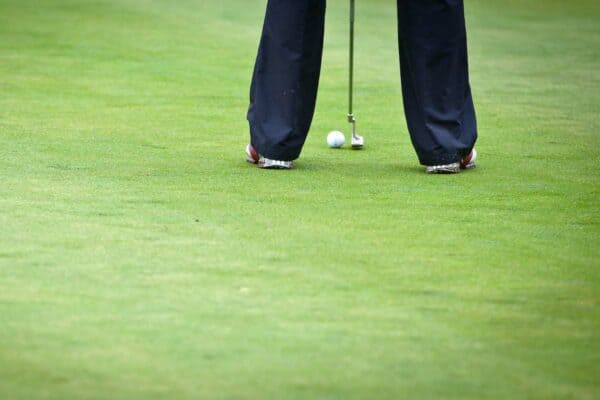
In attempts to balance the two sports, Hansen would head out to the golf course early on Sauchie Junior matchdays, with his coaches naming him as substitute if he didn’t make it to the football on time – only to throw him straight on once he had appeared, no matter how much of the game had elapsed.
Eventually, despite them languishing in the second tier, Partick proved too powerful a pull to ignore, with Hansen signing professional terms in the summer of 1973.
Within not much more than a year, he was a regular in the first team, going on to help them to promotion, as champions, in 1975/76, a campaign in which they also narrowly lost out in the Scottish League Cup semi-finals.
Under the abrasive coaching persona of Bertie Auld, Hansen was often switched between central defence and central midfield, a tactical decision that was generally dependent upon whether John was available to play or not.
While not an ideal situation, it was a landscape that went a long way in developing Hansen’s trademark ease when bringing the ball out of defence, and even in joining the attack, as he so often would as a Liverpool player.
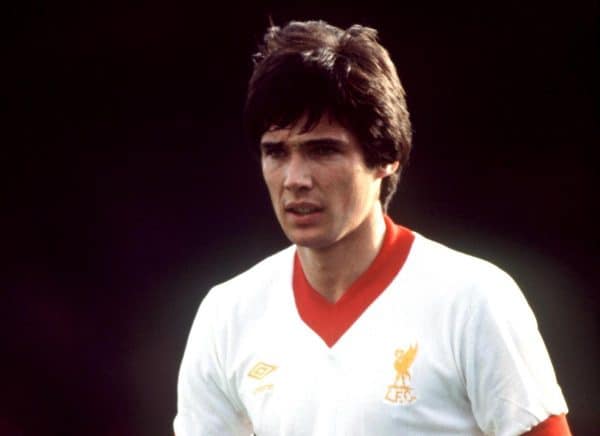
In his last season at Firhill, Hansen was the star performer as Partick finished in a creditable fifth position in the Scottish Premier Division, scoring eight goals across all competitions and creating several others – he and John were both on the scoresheet in a 2-1 victory over Hearts.
With his presence growing exponentially, Hansen had even assumed the role of Partick’s regular penalty taker, and before Christmas had arrived, so too had a glut of admiring scouts from English clubs.
Rather than wait until the end of a hectic 1976/77 season, Bob Paisley moved to beat the rest of the chasing pack for the signature of Hansen, with a transfer fee of £100,000 being agreed by the beginning of April – the player himself was not informed until Partick’s season had come to an end on April 30.
Arriving at Anfield a short few days later, Hansen was able to drink in Liverpool’s end-of-season bid for the treble, as the league title was clinched, the European Cup claimed and only the FA Cup denied them.
Brought in with the looming retirement of Tommy Smith playing on Paisley’s mind, along with Phil Thompson missing the 1976/77 run-in through injury, Hansen might have thought that he wouldn’t have to wait too long for his chance in the Liverpool first team.
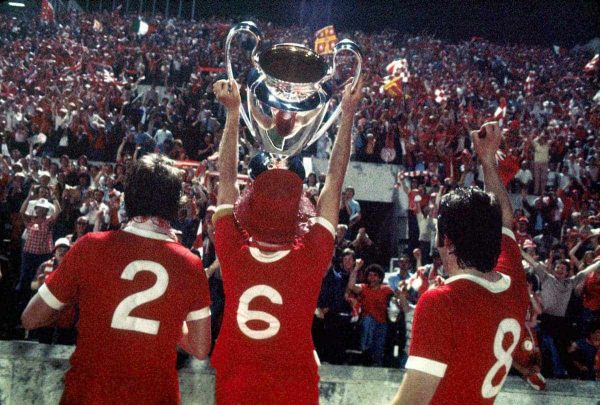
Yet the glory of Rome and the 1977 European Cup final persuaded Smith to reverse his decision on ending his time at Anfield, instead agreeing to a one-year extension of his contract, while Thompson also made a swifter return to action than many had expected.
As the 1977/78 season began, Hansen was on the outside looking in on the Liverpool first team.
As Thompson resumed his central defensive partnership with Emlyn Hughes, the new signing was cast into the reserves, for a few valuable lessons in defending the Liverpool way alongside Smith, effectively going from seemingly being on the brink of immediate first-team football to fourth-choice central defender.
An unused substitute at Wembley against Man United at the Charity Shield, Hansen eventually made his Liverpool debut with an impressive performance at home to Derby County in place of the injured Hughes, towards the end of September.
Over the course of the remainder of his first season at Anfield, Hansen made another 17 First Division appearances, picking up games when Thompson was again absent, and later when Joey Jones suffered a dip in both form and fitness, which meant Hughes switched to cover left-back.
As the run-in towards a second successive European Cup final escalated, Paisley opted for the greater experience of Smith ahead of Hansen, until he too succumbed to his own injury, sustained when he dropped an axe on his foot while chopping wood.
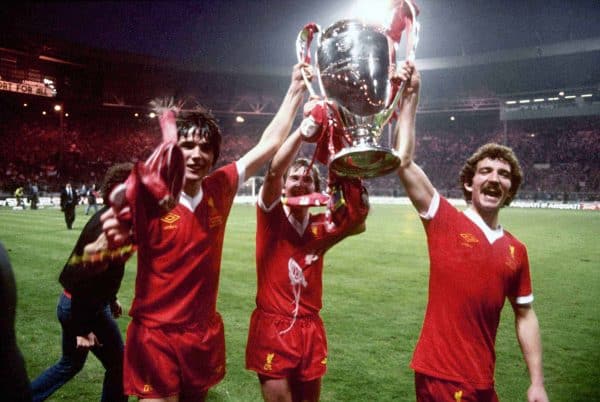
It opened the door for Hansen once again, and his performance against Club Bruges at Wembley was one of immense maturity, as Liverpool retained the European Cup.
In the summer of 1978, Smith finally did depart Liverpool, joining John Toshack’s revolution at Swansea rather than into retirement, and a year later, much to his own surprise, Hughes was sold to Wolves, as Paisley was won over by the blossoming partnership that Hansen was garnering with Thompson.
For over a decade, Hansen was to be the kingpin of the Liverpool defence, the cornerstone around which his various team-mates revolved.
He was a central presence that was far detached from the stereotypical British central defender.
Cultured, intelligent, cool in possession, Hansen was a zonal defending entity, long before the concept became visible footballing currency. A man that was consummately comfortable with the ball at his feet, he glided out of defence and instigated attacks.
The one goal that underlined this better than any other came at Carrow Road in February 1980, when he carried the ball almost the entire length of the pitch before laying it off to David Fairclough to finish, a goal he claimed as part of a hat-trick.
As the goal was celebrated the Liverpool players predominantly ran to Hansen, to congratulate him for the role he played in it.
Three months later, Hansen was collecting the second of what would be eight league title winner’s medals, to which he would add two more European Cups, two FA Cups and three League Cups – missing out on a fourth due to injury – becoming one of the most decorated players in the club’s history.
From Thompson to Mark Lawrenson and onward to Gary Gillespie, Hansen’s lasting central defensive partnerships were a work of art.
The latter two learned from a master who had imbibed his education from a collective bank of knowledge that was curated by Yeats, Smith, Hughes and Thompson; knowledge that was passed from one to the other and carried forth by Hansen, to teach to the next in line.
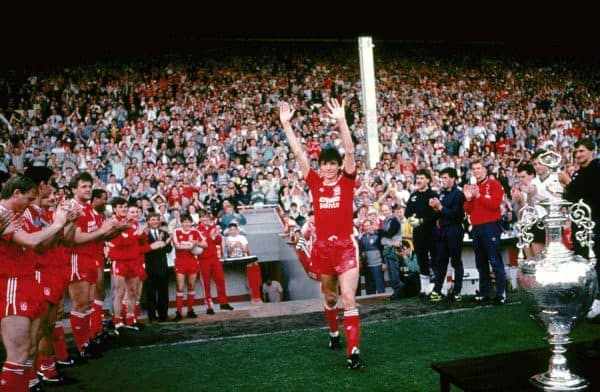
In many respects, that line ended a year after Hansen’s playing career came to an end, when Gillespie was sold to Celtic by Graeme Souness, three years after Lawrenson’s career was prematurely ended through injury.
A massive amount of central defensive knowledge was allowed to evaporate at Anfield within a year of Hansen’s retirement, and it meant that for almost three decades he remained the defensive ghost on the wall at Liverpool, the figure by which all other central defenders were unkindly measured.
Until the dawning of Virgil van Dijk.
Two players detached by a couple of footballing generations, but linked by a shared ethos on how central defenders can be more than simple obstacles for the opposition to fail to navigate their way past, they are instead generators of greatness.
There is no coincidence that Hansen and Van Dijk are two players that represent the foundation upon which the very best vintages of Liverpool have been built upon.
Alan Hansen
Liverpool debut: September 1977
Last game: April 1990
Appearances: 620
Goals: 14
Honours: 8 league titles, 2 FA Cups, 3 European Cups, 3 League Cups, 1 European Super Cup
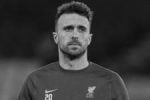
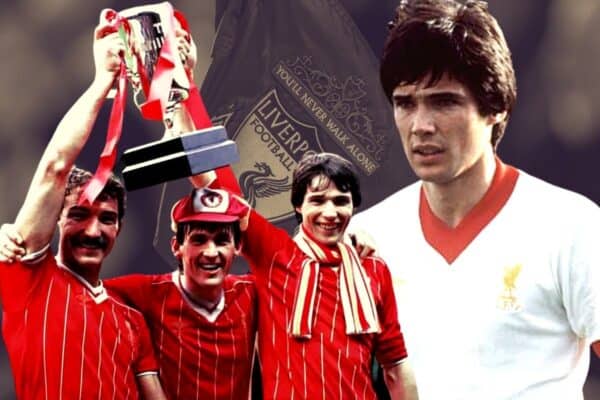

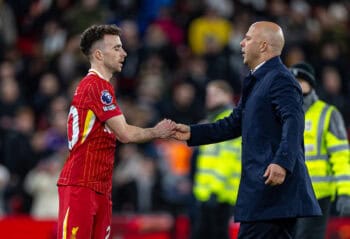
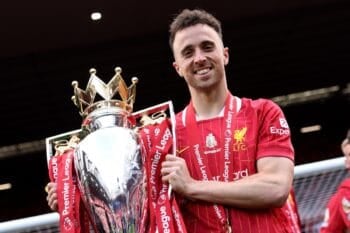

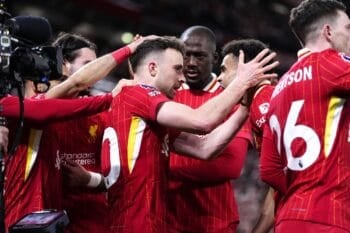
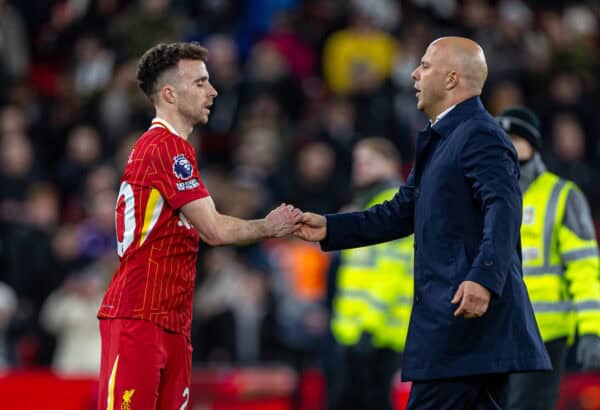
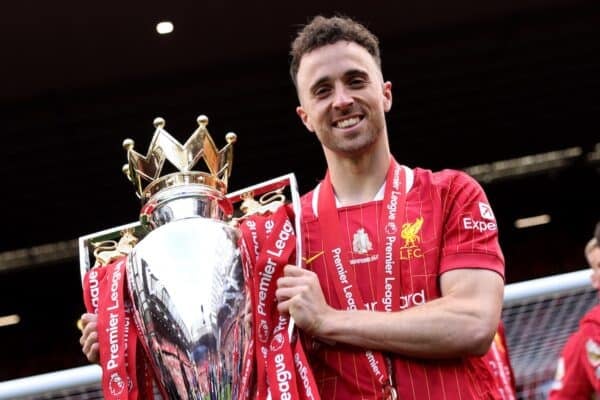
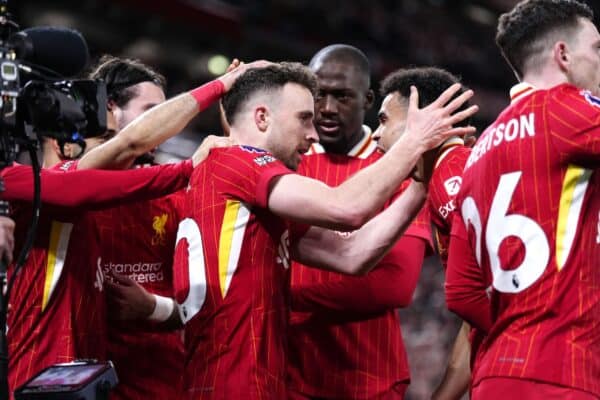
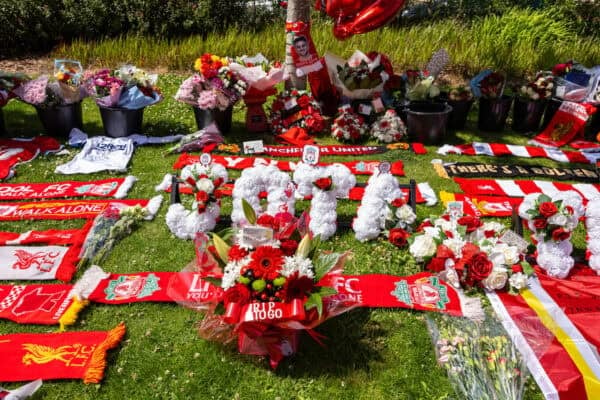
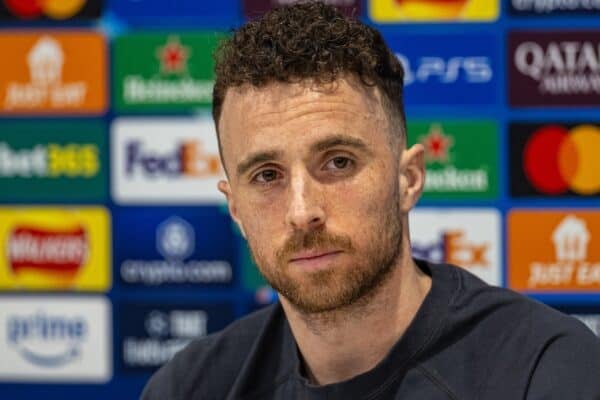
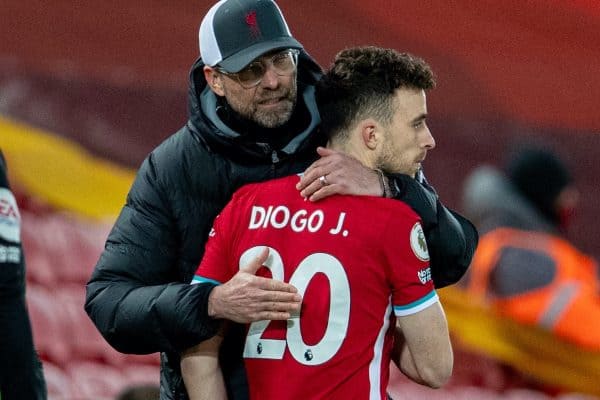
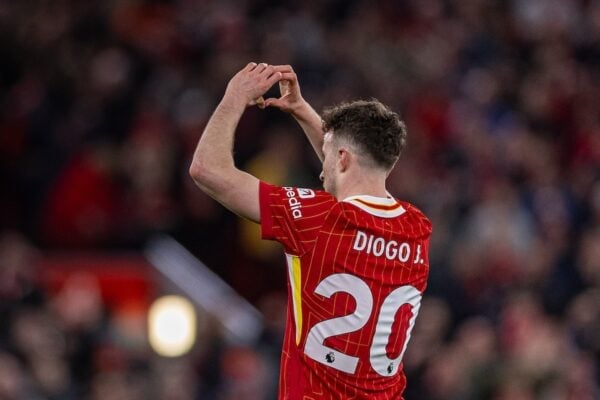
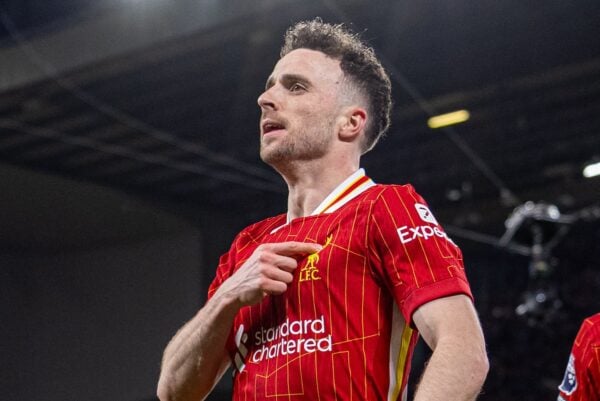

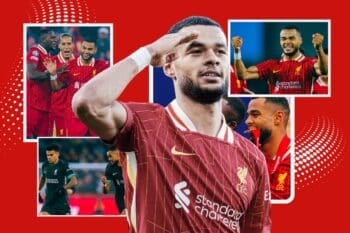

Fan Comments